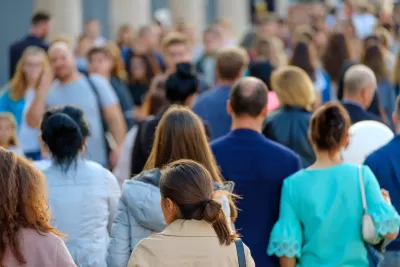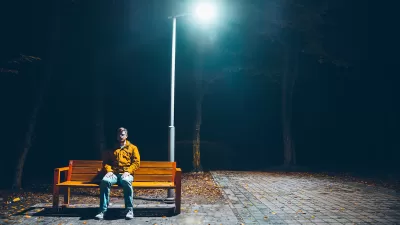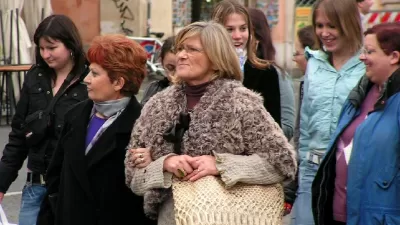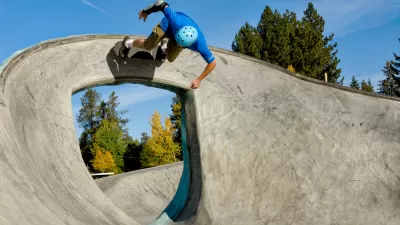Residents of big cities, known as the ‘melting pots’ of America, have fewer interactions with people outside their socioeconomic group than those in smaller communities, according to new research.

In a piece for Stanford News, Laura Castañón outlines the results of a study that sought to measure how much people of different socioeconomic classes interact with each other in cities of various sizes. “Using cellphone data, a collaboration of researchers led by Stanford University determined that most people in big cities have very few opportunities for even brief interactions with those outside their own socioeconomic status.” This stands in contrast to rural areas, where people are more likely to interact with others outside their demographic.
Professor Jure Leskovec explains the disparity, saying, “In New York, you can spend $10 on a dinner or $1,000 on a dinner, whereas if you live in a place with only one diner, everyone goes there, rich or poor. That seems to be the main mechanism for this phenomenon.”
The study’s authors say this points to a need for policymakers and urban planners to promote interaction and diversity through conscious design choices. “Looking at large cities, the researchers found that those that placed frequently-visited hubs in between different neighborhoods – instead of in the center of each neighborhood – were less segregated.” The authors suggest that cities can use this data to understand where new quasi-public and public spaces could provide the most opportunities for social interaction and guide future development.
FULL STORY: Big cities foster socioeconomic segregation. Here’s how we can fix that

Planetizen Federal Action Tracker
A weekly monitor of how Trump’s orders and actions are impacting planners and planning in America.

Congressman Proposes Bill to Rename DC Metro “Trump Train”
The Make Autorail Great Again Act would withhold federal funding to the system until the Washington Metropolitan Area Transit Authority (WMATA), rebrands as the Washington Metropolitan Authority for Greater Access (WMAGA).

DARTSpace Platform Streamlines Dallas TOD Application Process
The Dallas transit agency hopes a shorter permitting timeline will boost transit-oriented development around rail stations.

Renters Now Outnumber Homeowners in Over 200 US Suburbs
High housing costs in city centers and the new-found flexibility offered by remote work are pushing more renters to suburban areas.

The Tiny, Adorable $7,000 Car Turning Japan Onto EVs
The single seat Mibot charges from a regular plug in about as much time as an iPad, and is about half the price of an average EV.

Supreme Court Ruling in Pipeline Case Guts Federal Environmental Law
The decision limits the scope of a federal law that mandates extensive environmental impact reviews of energy, infrastructure, and transportation projects.
Urban Design for Planners 1: Software Tools
This six-course series explores essential urban design concepts using open source software and equips planners with the tools they need to participate fully in the urban design process.
Planning for Universal Design
Learn the tools for implementing Universal Design in planning regulations.
Roanoke Valley-Alleghany Regional Commission
City of Mt Shasta
City of Camden Redevelopment Agency
City of Astoria
Transportation Research & Education Center (TREC) at Portland State University
US High Speed Rail Association
City of Camden Redevelopment Agency
Municipality of Princeton (NJ)





























